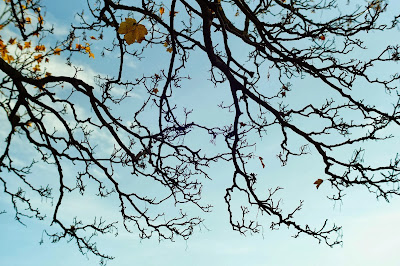Merchandise!!
To accompany the shop I
thought that there could be merchandise to help spread popularity as
well as being functional. Winners of compeitions being held could
receive these gifts to reward great photography. I think this would
add to the photographic theme and would nice. With a clear and
recognisable brand, I think that this could work as a marketing tool.
This could expand to t-shirts. However, merchandising should still
be very low on priorities of the business model. These items should
be the icing on the cake, and be accompanied with a great enjoyable
experience at the shop or tour. The shop is not a retailer and it's
main source of income should predominately be from tour sales,
workshops, print sales. We want to promote the taking of photos and
displaying them rather than being kept in computers; photo albums,
large prints, canvas prints, photo scrapbooks etc. Below are some
ideas for the bokehlicious brand:
Keychain viewfinder
– A simple and cheap tool which can be carreid with your keys. It
allows the user to frame a shot without the use of a camera. You can
still practise your imagination even if you don't have your camera.
It can be a reminder and encouragement to always take your camera
with you.
“Use
your creativity in the viewfinder and not in the sky” (Kai
Wong)
Photo albums
- A variety of sizes, these can be classed for professional, home or
personal-use. Professional are for high quality and larger format
printing, whereas home can be for special occassions, medium sized.
Personal-use photobooks would be the cheapest option catered for
keeping photos within a book as a journal. It should be cheaper and
made as a scrapbook of ideas and exploration; like an artist's
sketchbook. There should also be a separate series where books can
be refillable, although more expensive, the photos can be taken out
and rearranged. A noval idea additional would be a permenant marker
to be accompanied with the books to allow users to write in the
books. Autographs, personal messages and notation for the occasion,
or event would really give the photos more meaning.
“Seeing
is not enough, you have to feel what you photography”
(Andre kertesz)
Photo Guide Books
I think to accompany
these tours, a small book to help remind and spark creativity would
be ideal. There may be times when the tourguide is too busy and
cannot answer all the questions, or cover all the aspects in
photography. Therefore, in these times of creative block, this book
can be handy to remind the photographer different themes, subjects,
styles and techniques to experiment with. I hope this book is small,
cheap to buy for any amatuer photographer and be something everyone
would carry within their bags.
A separate, more
comprehensive series of books teaching people what to look out for in
York and photo opportunities would be good too. However, this must
be a location specific book and give advice with example photos and
explanations that would benefit all photographers. I hope this
series would be written with a lot more content about composition and
taking great photos, as opposed to technical schematic on how your
camera equipment works. The series is aimed at photographers who
have just purchased their first DSLR. More technical aspects of
photography will only be covered in more depth when trying to achieve
certain photo styles and effects.
Possible Book
titles:
Book of Bokehlicious
recipes
Shooting York with a
50mm lens (standard lens)
Shooting York with a
24mm lens (wide angle lens)
Shooting York with a
105mm lens (telephoto lens)
Shooting with a camera
phone
Processing Raw files in
Lightroom
Bokeh effects
Shaped holes in card -
Very fun and simple effect. Make bokeh shapes to personalise your
photos! It is simple a piece of card covering the lens with a shape
cut out. This makes out of focus shapes turn into whatever the hole
is shaped. A heart shaped hole gives heart shapes in the
out-of-focus parts of the photos. Experiment with shape sizes and
materials. Great fun for kids and also adults.
 |
| X Mas tree without bokeh shape |
 |
| X mas tree with name shaped bokeh |
 |
| Experimental bokeh shape |


























